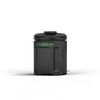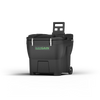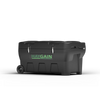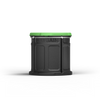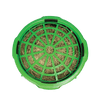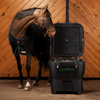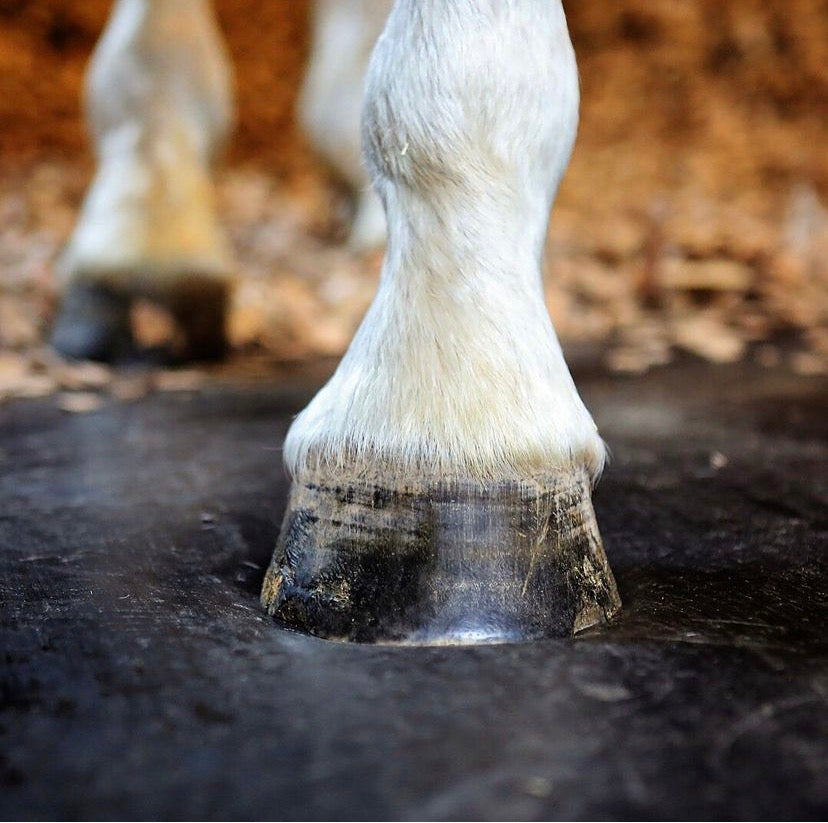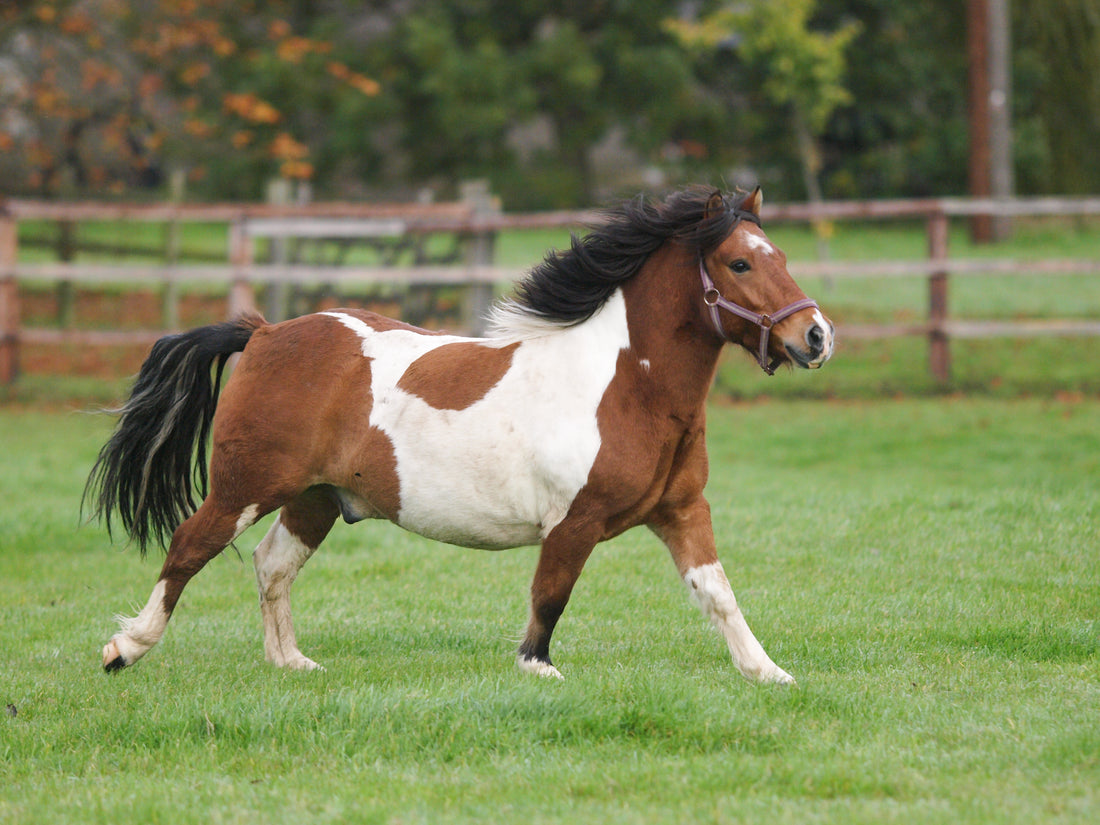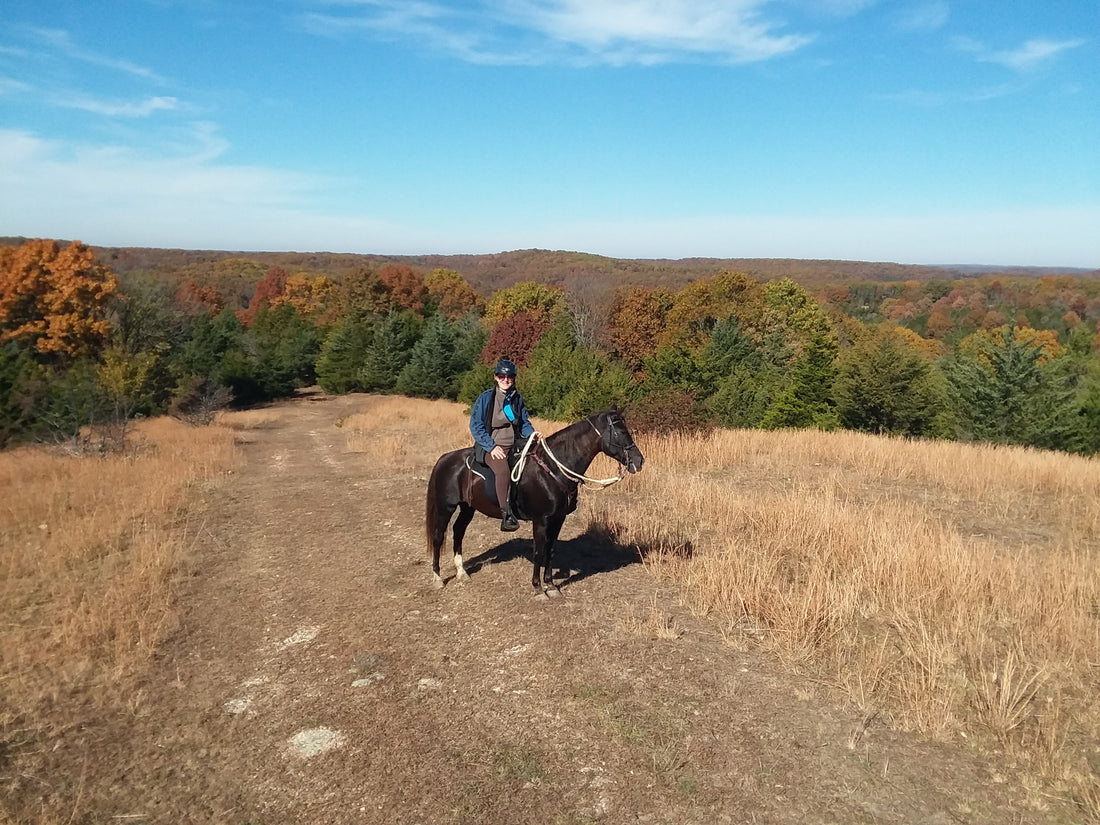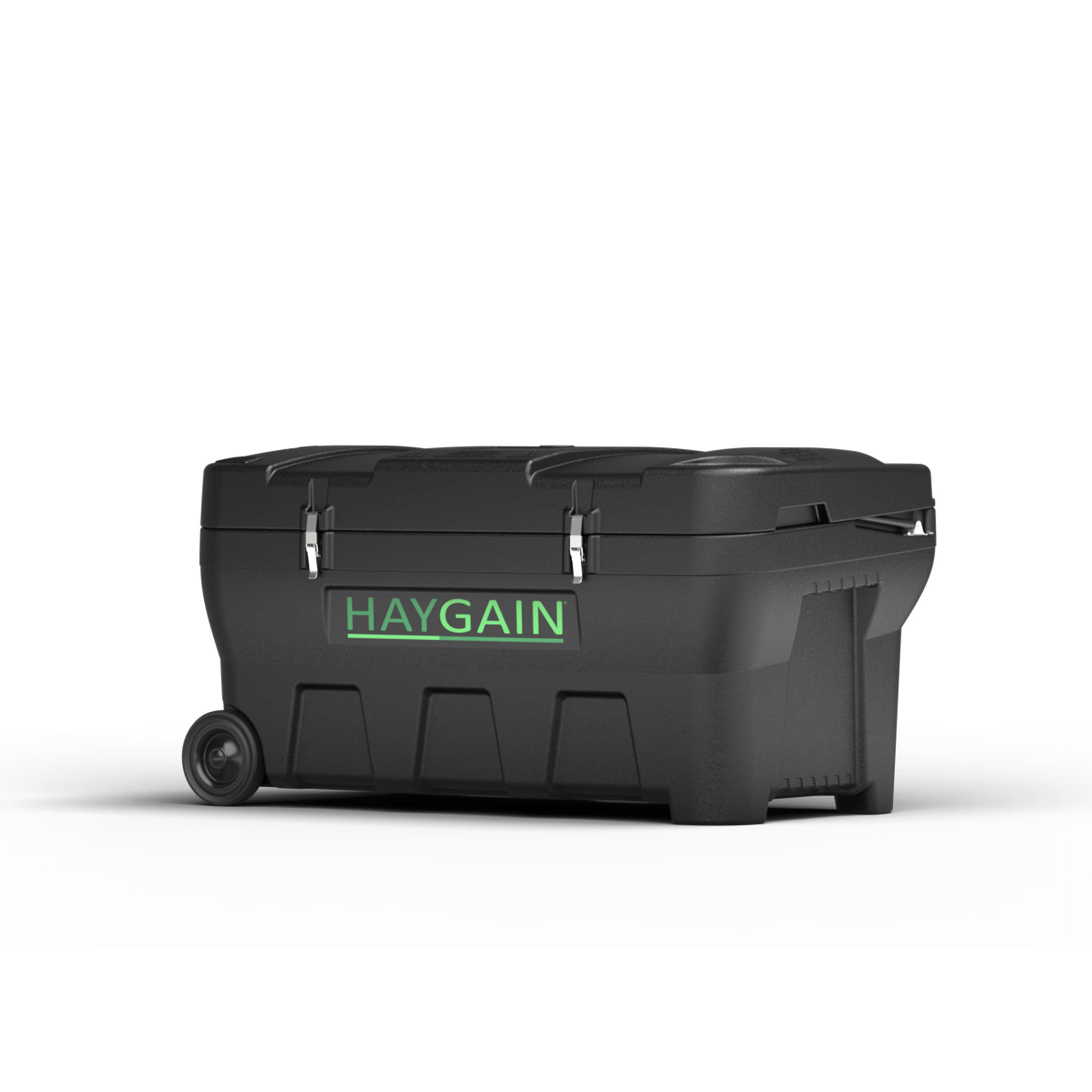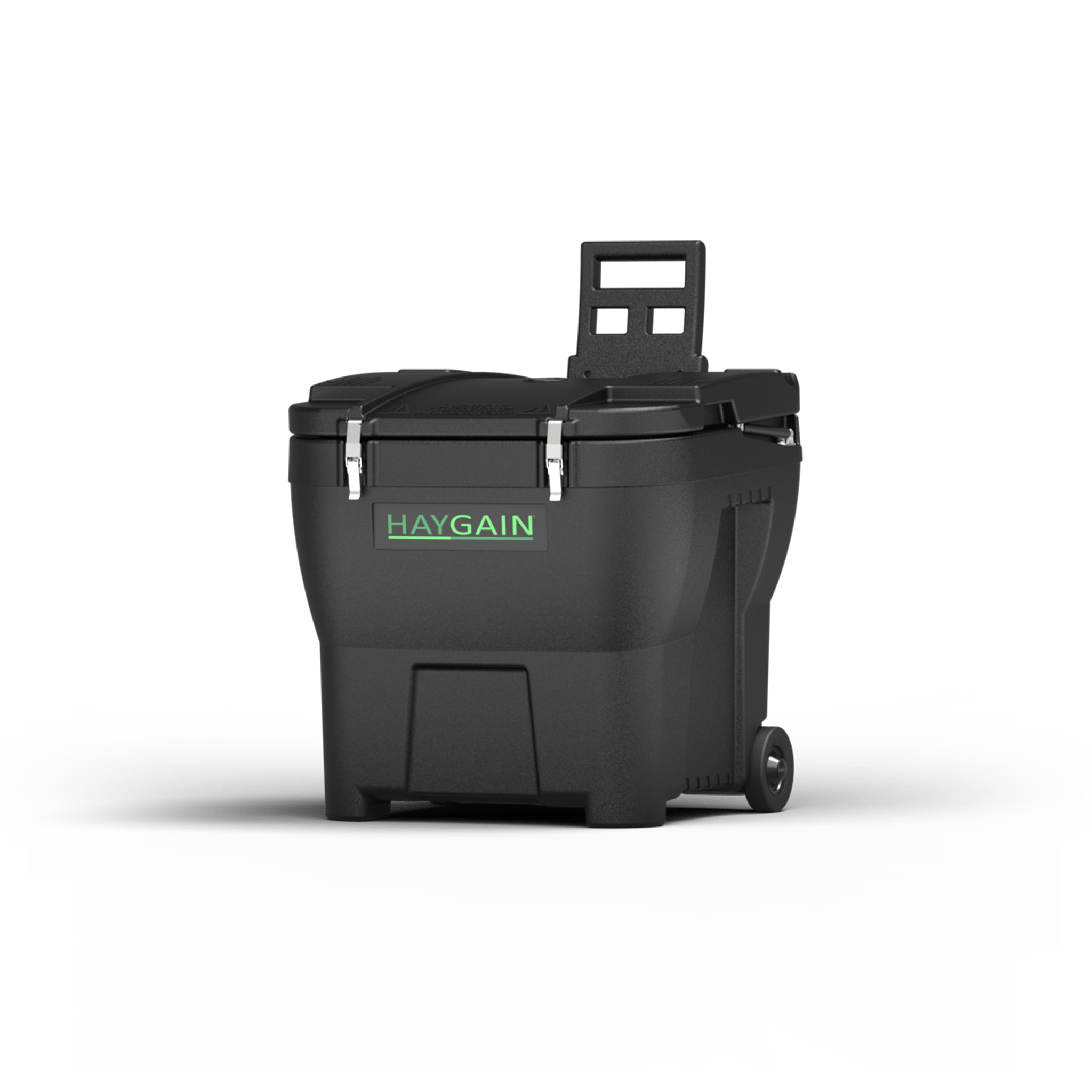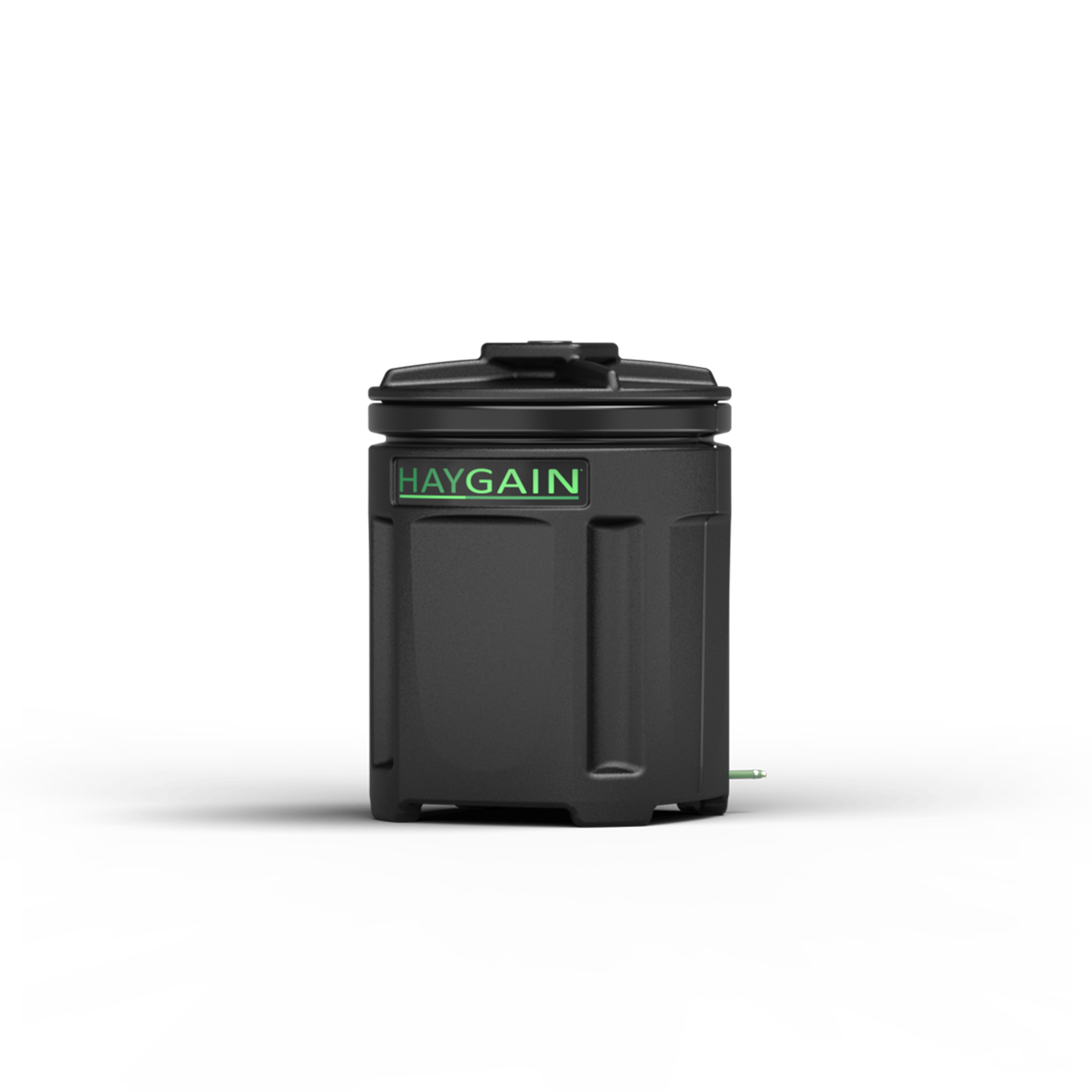
Dr. David Marlin - Exercise Physiologist
Professor in Physiology at Oklahoma State University. David is the author of over 200 scientific papers. His main areas of professional interest are exercise physiology, including nutrition, fitness training, thermoregulation, competition strategy, transport and respiratory disease.
To summarise Part 1, I covered the fact the horses respiratory system does not change with training and that in trained/fit horses it is the respiratory system that limits performance as opposed to the heart or muscles which adapt with training.

In addition, because breathing and stride are linked one to one at canter and gallop, any respiratory illness can have an effect on stride which can be crucial high intensity disciplines such as racing or precision disciplines such as dressage, show-jumping and eventing. Studies have shown that even low grade sub-clinical respiratory disease (disease present but without any clinical signs such as cough, nasal discharge, etc) can have quite a significant effect on health and performance.
What causes equine respiratory disease?
Respiratory Infections
Lets deal with respiratory infections first. Respiratory infections whether caused by viruses or bacteria and sometimes mycoplasma (a type of bacteria that doesn’t have a cell wall are unaffected by antibiotics) are more common in younger horses, especially less than 4 years of age. Winter can actually be a good time for horses and a bad time for people. For people, the reason we get more viral and or bacterial respiratory infections in Winter is because we spend more time with other people in enclosed spaces i.e. we have close contact with more people than in Summer. For horses, the risk is when they are leaving the yard and going to mix with other horses. So the risk for horses with respect to infectious disease is actually less in Winter (if they are competing less) and greater in the competition season.
Respiratory irritants
There is also respiratory disease caused by irritants. Here we think of things like cold air, which is why you should not work horses, especially those with long term respiratory disease such as Equine Asthma (also known as RAO, equine COPD or Heaves), hard on very cold mornings. Horses are also exposed and sensitive to common environmental pollutants such as PM10 (from car exhausts), SO2 (sulphur dioxide), NO2 (nitrogen dioxide) and ozone. .

If you do have a horse that’s prone to respiratory disease or one that has been diagnosed with IAD, RAO or SPAOPD then it’s worth monitoring the pollution and air quality and either not exercising or at least avoiding exercise at canter and gallop on low air quality days.
Allergens
Allergic respiratory disease caused by moulds, pollens and yeasts tends to occur in older horses and we don’t tend to see Equine Asthma developing until 6-7 years of age. Allergic respiratory disease this can be a risk all year round. More time in the stable in Winter and increased hay intake can increase exposure to moulds, forage mites and bacterial endotoxin – all potent respiratory allergens and especially for horses with Equine Asthma (which will be better out than stabled). During Spring, Summer and Autumn even when out horses can be susceptible to exposure to pollen and moulds. Again, older horses with Equine Asthma in particular can be worse at certain times of the year when turned out as they may be sensitive to both moulds and pollens.
Common signs of respiratory disease in horses

- Cough
- Nasal Discharge at rest and or after exercise (of any colour and down one or both nostrils)
- Increased respiratory rate
- Increased respiratory effort
- Flaring of the nostrils
- Respiratory noise at rest or during exercise
- Poor recovery after exercise
- Generally lower performance than expected
Don't ignore a single cough
Of all of these signs it’s COUGH that many horse owners ignore. It appears to be commonly believed that it’s OK for a horse to cough a few times when warming up. It’s not. It indicates respiratory disease. When people have respiratory disease they cough regularly and continuously. When people are not coughing they are highly likely to be healthy. Horses are different…..Who would have guessed? If horses cough they almost certainly have respiratory disease (even if you only here the odd cough). But horses do not cough regularly. Studies have shown that horses may cough once and then 3 hours later cough 6 times, then 12 hours later cough twice, etc. They do not cough regularly like people. So unless you fit a video camera or put a microphone in the stable or spend 24h with your horse you won’t know how often he coughs.
If your horse is NOT COUGHING, that does not mean he is healthy and DOES NOT have respiratory disease. The only way to be sure your horse does not have respiratory disease is to have them ‘scoped'. How do we know this? There are a number of studies which have invited owners of 'healthy' non-coughing horses to be scoped. For example, Connie Herholz, a vet in Switzerland, invited owners of 60 show jumpers & 52 dressage horses who the owners considered to be perfectly healthy to come to her clinic for a free health check. She found respiratory disease present in 53% of the horses scoped.

Vet Dr Colin Roberts, an equine internal medicine specialist, and myself scoped 8 British Three-Day Event horses 2 months prior to travel to the Olympics. All the riders were confident their horses were healthy. As a result of the endoscopy and laboratory tests, 7 out of 8 horses were treated for respiratory disease! We also scoped 14 International endurance horses which were all performing as expected and not reported to be coughing. Many of the owners were reluctant to have their horses scoped initially because they lived out 24/7 and “won’t have respiratory disease”. As a result of the endoscopy and laboratory tests, 12 of the 14 horses were treated for respiratory disease!
How can you reduce the risk of respiratory disease?
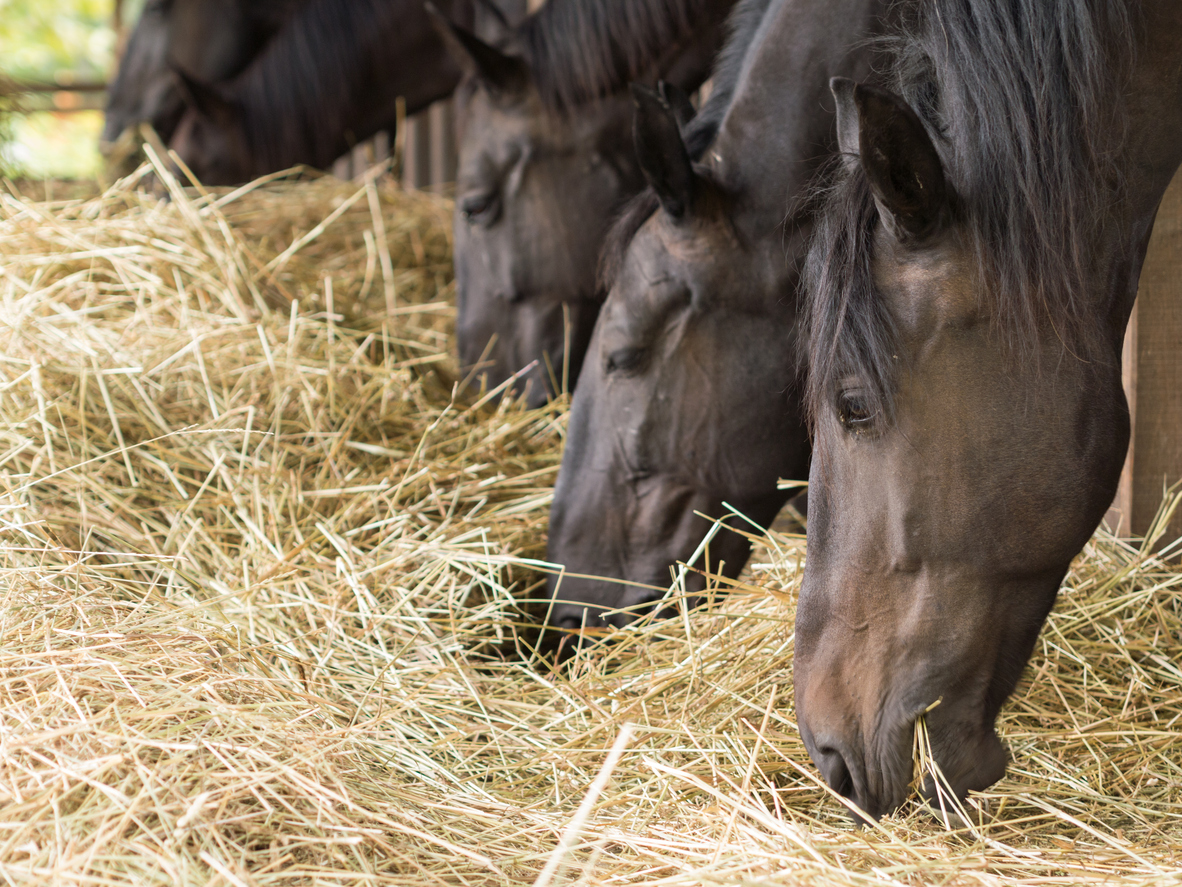
Many studies have shown that a major factor in respiratory disease in horses is the air quality in the stable, although even horses that live out 24/7 can develop respiratory disease. The main factors that relate to air quality in the stable are the hygienic quality of bedding and forage, the flooring and the ventilation. Several studies have shown that people working with horses in stables for 6-8 hours each day have increased respiratory symptoms compared with those who don’t work in stables, so it is clear that if a horse is breathing the same air for 3-4 times longer each day that the effect on respiratory health will be even greater.
Flooring: The ideal flooring is a sealed rubber floor with a built-in fall towards a drain or the stable door that is easy to clean with a pressure washer or hose and brush. A sealed rubber floor allows the amount of bedding in the stable to be reduced which in turn reduces the amount of dust in the stable. Rubber floors can be sterilised reducing the amount of bacteria on the floor and reducing the production of ammonia. As a guide, if you can smell ammonia in a stable then it is already at a level that will cause irritation of the horses’ airways.
Bedding: The ideal bedding is dust free, absorbent, inexpensive and will encourage the horse to lie down. In the past 25 years in professional racing and sport horse yards, large-chip shavings have essentially replaced straw as the first choice bedding. However, recent studies showed that horses actually lay-down more on straw than on shavings. Good straw may in some cases contain less fungi and bacterial toxins than ordinary low-quality shavings and can be steamed to improve the hygienic quality further.
Stable Management: Don’t be tempted to muck-out with your horse in the stable. The process of mucking out raises a tremendous amount of respirable dust into the air which will hang around for at least 30 minutes. Try to make sure all windows and doors are open when you muck-out and wait at least 30 minutes before putting your horse back in the stable.
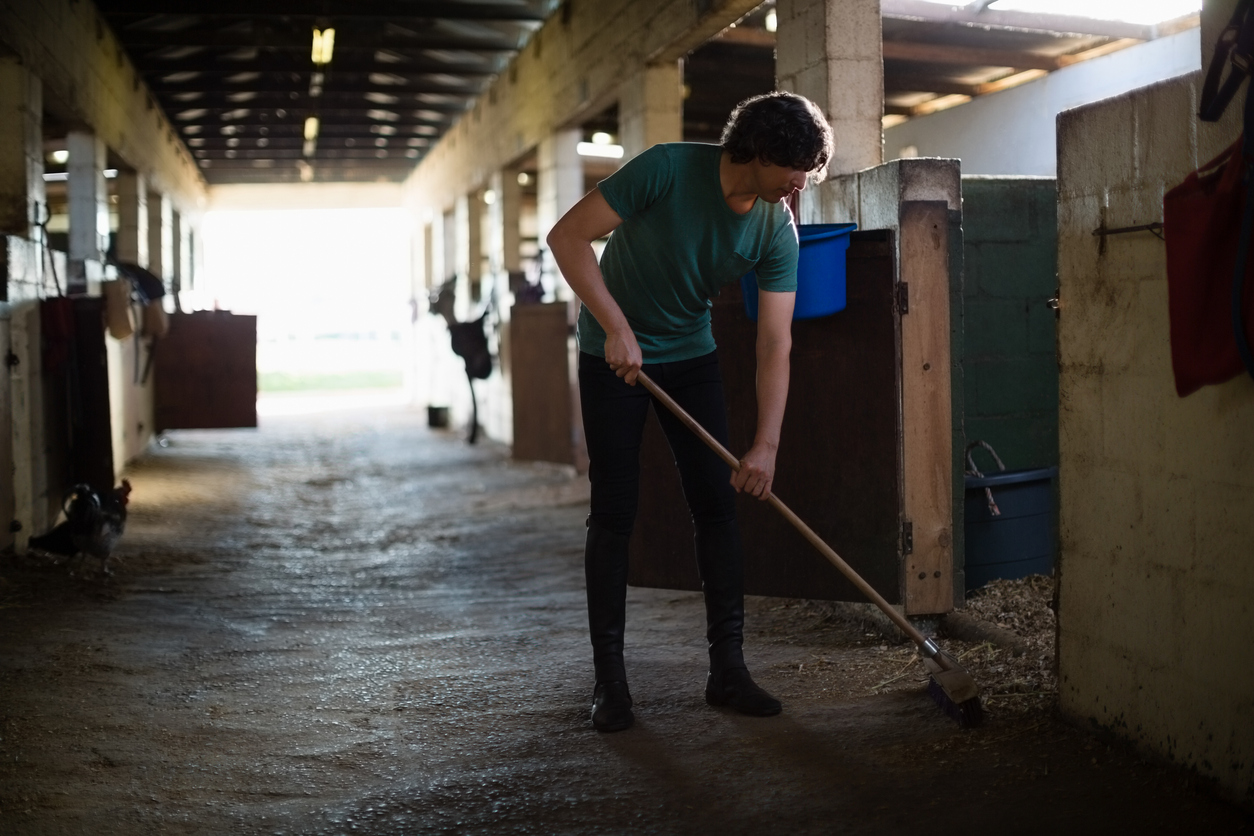
Ventilation: Many stables have poor ventilation and this can be made worse when owners shut windows and stable top-doors during poor weather. Horses with rugs on are perfectly able to cope with draughty well-ventilated stables. The dislike and concern over draughts is a human problem not a horse one. Closing the stable top-door and window over a single night may be enough to cause a problem in more susceptible horses.
Feeding: Feeding forage and hard-feed (wetted) from the floor will encourage head lowering. The horses’ airways and lung tissue contain high levels of the antioxidant Vitamins, Vitamin C (mainly in the fluid lining the airways) and Vitamin E (in the lung tissue itself). These reduce the effect of pollution which can generate free radicals and cause or worsen inflammation. Vitamins E and C also help to control “damage” to the lung caused by its own defence mechanism which are activated by moulds, pollens, viruses and bacteria. Feeding a supplement high in Vitamin E and Vitamin C has been shown to be effective in reducing the severity of respiratory symptoms in horses whether they are affected by Equine Asthma or not. Horses with chronic respiratory disease and older horses have a higher need for these vitamins.
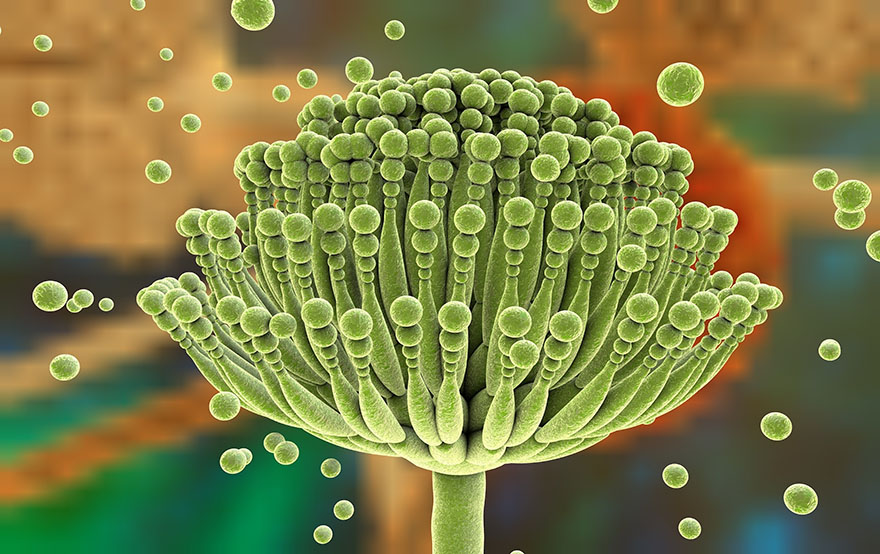
Forage: The ideal forage will have a low level of respirable dust (dust of a size that can be breathed into the lungs – only dust particles of a particular size reach the lower lungs. Large particles are trapped in the upper airways and very small particles are breathed in and then back out).
Soaking hay has been shown to reduce respirable dust but takes up a fair amount of time and effort and soaking tubs need regular cleaning or else they become unhygienic. Soaking also reduces the nutritional value of the hay as water soluble vitamins, minerals and carbohydrates (sugars) are lost into the water. This can be an advantage in managing some horses (e.g. laminitics). High temperature steaming is an excellent option as almost all dust is removed, the hygienic quality is enhanced as yeasts, bacteria and moulds are killed off and palatability and water content are high. Haygain’s unique method using spikes inserted in the hay in an insulated steam box has been proven to significantly improve the hygienic quality of hay. They are quick and simple to use and result in less loss of nutrients. Be aware that not all hay steamers perform as well and if high enough temperatures are not reached you may actually make the quality of the hay WORSE!
Turnout: Time out of the stable is extremely beneficial in reducing respiratory disease, especially if horses can perform grazing behaviour. If there is concern about the amount of fresh grass horses will eat, then rather than shorten or avoid grazing, the use of grazing muzzles should be considered. These restrict the amount of grass the horse can actually eat but at the same time the horse is out of the stable (which rescues exposure to stable “dust”) and has its head lowered (which aids clearance of material from the airways). Even turnout in bare paddocks with hay/haylage fed from the floor is beneficial to maintain respiratory health compared with stabling. Even outside the inhalation of moulds from forage can be significant and feeding steamed hay can be beneficial.

Vaccination: Keeping your horse up to date with relevant vaccinations. Vaccination may or may not prevent your horse from infectious disease. However, in most cases, if a vaccinated horse does contract an infection then the severity and duration are usually reduced compared with unvaccinated horses.
Disinfectants: By all means use disinfectants perhaps once a week when you give the stable a thorough clean-out but be careful what you use and follow the manufacturer’s instructions. Using certain disinfectants (e.g. Jeyes Fluid) at high concentrations in confined spaces such as stables can damage the horse’s airways.

Travelling: Travelling can cause respiratory disease or worsen symptoms in horses with existing problems such as RAO. Always check your horse’s temperature before travelling. If your horse has a temperature then it is unwise to travel and compete as the risk of respiratory disease will be increased. Travel with good ventilation and make sure forage is soaked or feed steamed hay or haylage and use a low dust bedding. The longer the journey the more important it is to think about respiratory disease.
Scoping: Because horses can often have mild-moderate respiratory disease and not show any signs, if you are competing then it’s advisable to ask your vet to ‘scope your horse at the start of the season, mid-way through the season and at least 2-3 weeks before any major or important competitions or for any event where you might have to travel more than 6 hours. The reason for ‘scoping 2-3 weeks in advance is to allow time for laboratory analysis of samples your vet may take from the airways, time for treatment and time for withdrawal of medication before competition.
Key points
- Respiratory problems in horses are extremely common and chronic disease such as Equine Asthma is very common and can have a significant effect on welfare and performance.
- Clinical signs of respiratory disease such as occasional cough should never be ignored or accepted as “normal”.
- There are many steps that can be taken to reduce the risk of horses developing respiratory disease or reducing the severity of chronic conditions such as equine asthma and the frequency of veterinary visits and the cost of treatments.
- Low dust bedding, good ventilation and high quality low-dust forage, such as that provided by steaming, are vital to optimal equine respiratory health.
